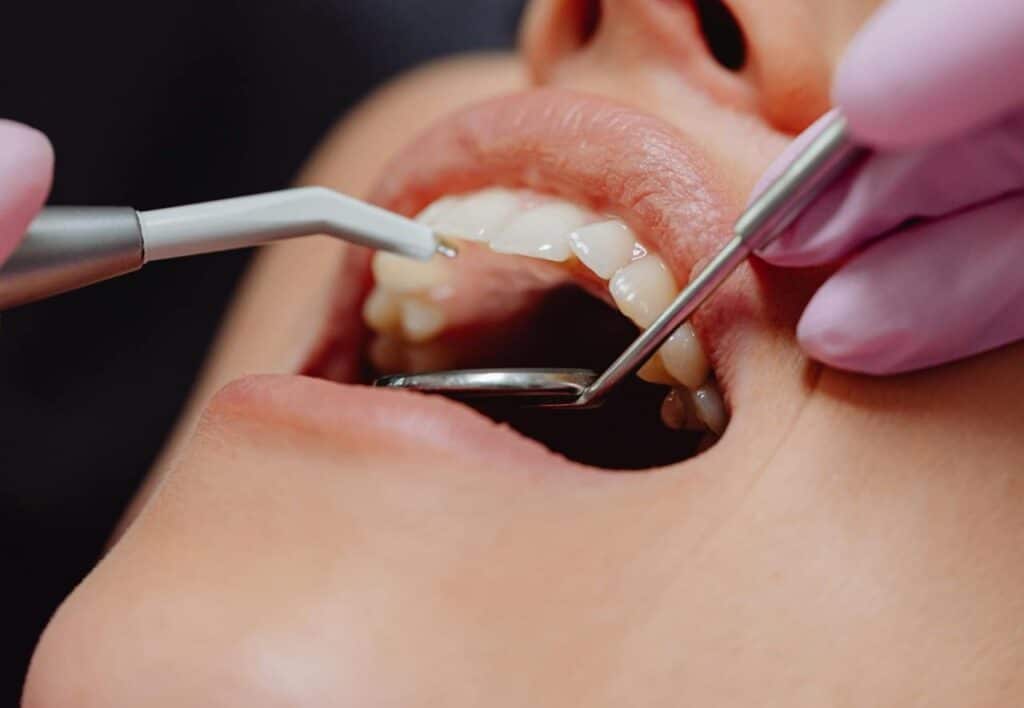Damaged or missing teeth can significantly affect your ability to chew, speak, and smile confidently. At our family dental care practice based in Pickering, ON, we offer a variety of restorative treatments to help you maintain a healthy and beautiful smile. Two essential and popular restorative options are dental crowns and bridges, which can address various dental issues and promote improved oral health.
Dental crowns are custom-designed caps that cover and protect damaged teeth, providing strength, stability, and an enhanced appearance. They can cover teeth that are cracked, broken, severely decayed, or those that have undergone a root canal treatment. Crowns are available in various materials, such as porcelain, ceramic, and metal, allowing you and your dentist to choose the most suitable option based on aesthetics, function, and budget.
Dental bridges, on the other hand, serve as a solution for one or more missing teeth. A bridge consists of an artificial tooth, called a pontic, which is anchored in place by crowns attached to the adjacent natural teeth. Bridges can help restore the function and appearance of your smile while preventing the remaining teeth from shifting, which can lead to further dental issues.
In this comprehensive guide, we will delve into the benefits, differences, and practical applications of dental crowns and bridges. We will cover the materials used, as well as the procedure and aftercare involved in each treatment. By gaining a thorough understanding of these essential restorative options, you can make informed decisions about your dental health and confidently move towards a beautiful and healthy smile. Reach out to our experienced dental team today to schedule a consultation and discuss how dental crowns and bridges can contribute to your overall oral health and well-being.
Benefits of Dental Crowns and Bridges
Dental crowns and bridges provide various benefits to address dental issues ranging from damaged teeth to tooth loss. Let’s explore the primary advantages of these restorative treatments:
1. Improved Aesthetics
Both dental crowns and bridges can enhance the appearance of your smile, whether by covering a damaged tooth or replacing a missing one. High-quality, tooth-coloured materials can closely match your natural teeth, offering a seamless and attractive result.
2. Restored Functionality
Crowns and bridges can improve the functionality of your teeth, allowing you to chew and speak with ease. By strengthening a damaged tooth with a crown or filling the gap left by a missing tooth with a bridge, you can regain the confidence to enjoy your favourite foods without worry.
3. Durability and Longevity
Dental crowns and bridges are built to withstand the pressure of daily chewing and last for several years. With proper care, crowns can last between 10 and 15 years, and bridges between 5 and 15 years, depending on the materials used and other factors.
4. Prevention of Further Dental Issues
Crowns can protect a weakened tooth from further damage, while bridges can prevent surrounding teeth from shifting and causing additional dental problems, such as gum disease or uneven bite pressure.
Types of Dental Crown Materials
Several materials are available for dental crowns. Each option offers unique benefits and considerations:
1. Porcelain or Ceramic
Porcelain or ceramic crowns offer a natural and aesthetically pleasing appearance, closely matching the colour and translucency of your natural teeth. They are typically used for front teeth due to their superior aesthetics. However, they may not provide the same level of durability as metal crowns for patients with heavy bite pressure.
2. Porcelain-Fused-to-Metal (PFM)
PFM crowns combine the aesthetic benefits of porcelain with the strength and durability of metal, providing a versatile solution for most patients. These crowns can be used in both front and back teeth. However, the metal may sometimes show through as a thin grey line along the gum line, making them less aesthetically pleasing than all-porcelain crowns.
3. Gold Alloy
Gold alloy crowns are known for their durability, strength, and biocompatibility, making them an excellent choice for individuals with heavy bite pressure or a history of metal allergies. While their distinct appearance may not appeal to everyone, gold crowns can be an ideal solution for back teeth that are not as visible when smiling.
The Dental Crown and Bridge Procedure
The process of placing dental crowns and bridges typically involves the following steps:
1. Tooth Preparation
Your dentist will prepare the affected tooth or teeth by removing a minimal amount of enamel to accommodate the crown or ensure a secure fit for the bridge. For dental bridges, the adjacent teeth, known as abutment teeth, will also need preparation.
2. Dental Impressions and Temporary Restoration
Your dentist will take dental impressions to create a custom-fit crown or bridge. These impressions will be sent to a dental laboratory, where the restoration will be crafted. In the meantime, a temporary crown or bridge will be placed to protect your teeth and maintain their function.
3. Placement and Adjustment
Once your custom crown or bridge is ready, your dentist will remove the temporary restoration and fit the final product. The fit, bite, and appearance will be checked and any necessary adjustments made to ensure a comfortable result.
4. Cementation
After ensuring the proper fit and appearance, your dentist will cement the crown or bridge in place, providing you with a long-lasting and functional restoration.
Aftercare and Maintenance
To ensure the longevity and health of your dental crowns and bridges, it is vital to maintain proper oral hygiene, including regular dental checkups, brushing, and flossing. Avoid using your crowned or bridged teeth to crack hard objects or open packaging, and consult your dentist if you experience any discomfort or issues with your restoration.
Conclusion
Dental crowns and bridges are essential restorative treatments for damaged or missing teeth, providing an improved appearance, restored functionality, and protection from further dental issues. By understanding the benefits, materials, and procedures involved in these treatments, you can make confident decisions about your dental health. Our dedicated dental team is here to provide expert guidance and personalized care tailored to your unique needs. Contact us today to schedule a consultation with a dentist in Pickering and learn how dental crowns and bridges can help you achieve a healthy and beautiful smile.



